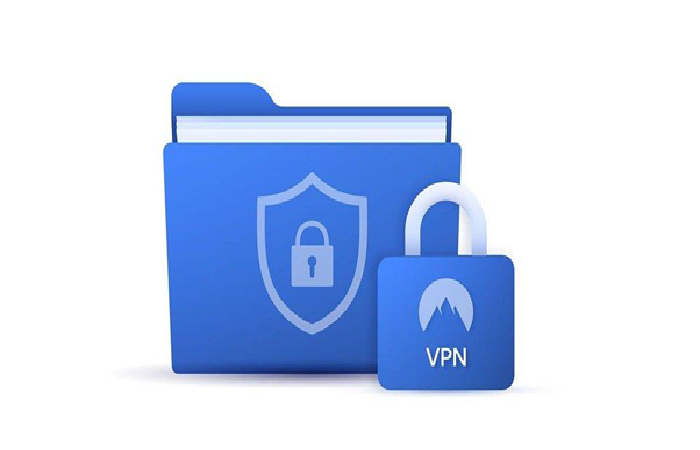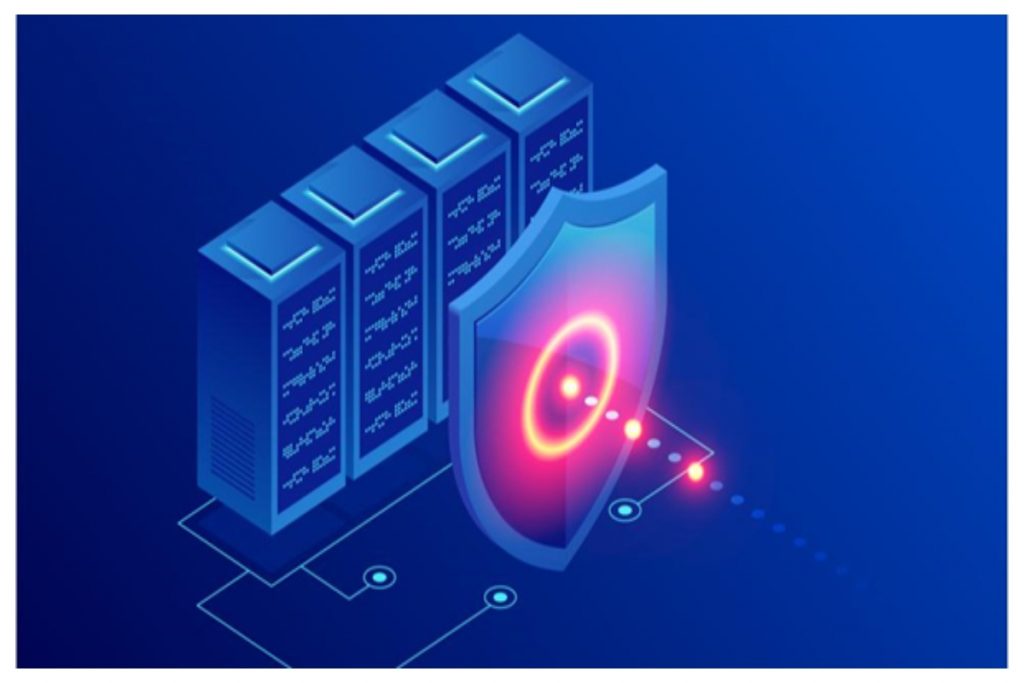ZTNA Feature Advantages – Advances in cloud computing have unstoppably increased the use of security strategies such as Zero Trust Network Access ( ZTNA ). Implementing increasingly robust services and applications represents greater access control to them, where ZTNA plays an essential role as an architecture based on layers of security and authentication. The Trust established by user passwords is no longer a full security barrier for the Network. Connections through private gateways like VPNs are not considered entirely secure compared to ZTNA. Today in this post, We’ll show you what ZTNA is and what are the advantages ZTNA.
What is Zero Trust?
Zero Trust is a software-based architecture that eliminates the trust levels of network access by both users and devices. Connections to the LAN or WAN inside and outside the Network must be constantly authenticated to allow access or continuity of operations. ZTNA requires users to identify themselves from time to time or in different processes to guarantee its authenticity.
Under the previous concept, all the Network devices are configured before and during any operation or use. Many Network’s digital portals mention that Zero Trust was created by John Kindervag, an executive of the Forrester Technology Group, as a solution to the security problem caused by over-reliance on access keys as the only primary blocking source in the Network.
Forrester recognizes that traditional security levels work under the framework of trusting the person who is connecting. Once the user is authenticated, they should no longer have security problems for subsequent accesses. Unfortunately, this security model is constantly being compromised, hence the emergence of Zero Trust Network Security or ZTNS as the most effective solution. In addition, looking for network security, we suggest you to use NordLayer, it helps businesses of all sizes to fulfill scaling & integration challenges when building a up-to-date secure remote access solution, within an ever-developing SASE framework.
Zero Trust Security Advantages

Many cybersecurity companies mention the following advantages as the most relevant of Zero Trust Security for a company:
- Zero Trust allows greater control and management of the exact inventory of the company’s data, assets, applications, and services (DAAS). This allows more excellent knowledge of what one has and how to act or adjust changes in the dynamics of operations.
- Improvements in network supervision and operations monitoring based on the Trust established by Zero Trust in your environment. The combination of event and log analysis allows more information to be able to solve an event.
- End users recognize the importance of Zero Trust as a job security and protection tool. Once the infrastructure adaptability process has stabilized, the authentication by Trust generated by Zero Trust allows the application of Single Sign-On ( SSO ) tools, simplifying the number of end-user passwords.
- Security policies focused on the dynamics established by Zero Trust. The scaled management of network security based on DAAS perimeters allows for a more specific methodology and avoiding redundancies in access policies.
- Mobilizing DAAS safely and reliably with Zero Trust Security. Under a traditional security scheme, when mobilizing information, users, or applications, user privileges had to be changed for the new locations; But with Zero Trust, the perimeter of the DAAS is moved, and security is automatically adjusted.
- The value of ZTNA is minimized when comparing the level of information security against cyberattacks. Zero Trust can dilute your implementation cost in cost savings of time and information when avoiding an attack or theft of company data.
Zero Trust Security downside
Under the aforementioned scheme, it is challenging to achieve noticeable disadvantages in Zero Trust since they highlight the benefits of its applicability in a wide business environment and with long-term benefits.
Among the only disadvantages found for Zero Trust can be mentioned:
High cost
Reliant on the size of your business, this cost may be higher or lower. Therefore you must evaluate the implementation under a future vision to distribute the amount in the long term.
Complex implementation
This range will also depend on the size of your company and the volume of the DAAS; although in medium-sized companies with many users, it will be as complex as large companies with few users. Complexity will translate to runtime for both cases.
Comparing a VPN to Zero Trust

At the access level, both software options allow effective connectivity to the services and data.
Many digital portals refer to large corporations such as Microsoft, Google, and Cisco implementing Zero Trust over VPN because they consider it more secure concerning their competitors.
A VPN is useful when the person accessing the Network is not within the facilities of the physical infrastructure and wants to have the same control and management.
The VPNs are not necessary when the connection is required from the same physical network installation.
Zero Trust removes the Trust of connections for users, both inside and outside the Network.
ZTNA, unlike the VPN, is established in each sector and verification parameter. In contrast, VPN only uses it for the access key and some other authentication required according to the given access.
The VPNs are not prepared to increase excessive traffic as happened during the pandemic and can be seen in the video call service failures as the leading service of this kind.
Zero Trust establishes barriers, where the first can be breached, but it will be increasingly challenging to authenticate to the next level to access the DAAS.
How does the Zero Trust architecture work?
Zero Trust is essential in the segmented protection of the Network in terms of its data, applications, assets, and services ( DAAS).
Once you have the complete identification of a surface, you can easily monitor the accesses and transactions that take place in this area.
Thus, the criteria between each area or surface are established, interconnecting the DAAS between them to create a microperimeter.
Then, this microperimeter of the DAAS will move as the data, users, assets, or services move or expand.
In this case, Zero Trust is made effective from the application to control the zero-trust policy, based on the parameters of who, what, when, where, why, and how the DAAS is accessed.
Conclusion
In the above article, we marketing2business have discussed few crucial points about the zero-trust network access, and We hope you find the above article informative. Please keep visiting our blog to read more helpful articles.

